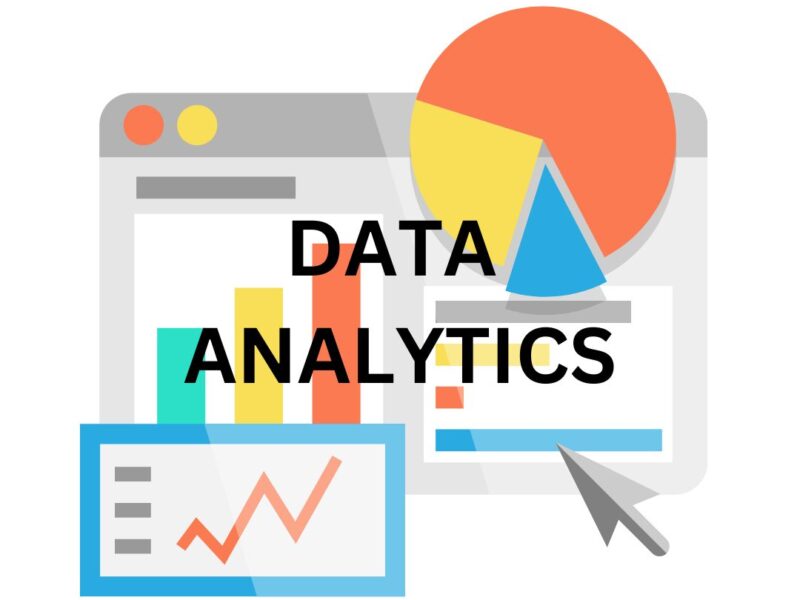Data Analytics Revolution: The Key to Unleashing Business Growth
In today’s fast-paced business landscape, Data Analytics has emerged as a powerful tool for driving growth and innovation. The ability to analyze vast amounts of data allows organizations to gain valuable insights, make informed decisions, and stay ahead of the competition. In this comprehensive guide, we’ll explore the Data Analytics revolution and its transformative impact on business growth.

Harnessing the Power of Data Analytics
The Data Analytics revolution is marked by a paradigm shift towards data-driven decision-making. Organizations are leveraging advanced analytics tools and techniques to extract actionable insights from raw data, driving strategic initiatives and business growth.
1. Understanding Your Data Assets
The first step in harnessing the power of Data Analytics is understanding your data assets. This includes identifying sources of data, assessing data quality, and ensuring data security and compliance.
2. Extracting Actionable Insights
Data analytics tools and techniques allow organizations to extract actionable insights from raw data. Whether it’s identifying customer preferences, optimizing supply chain operations, or predicting market trends, Data Analytics empowers organizations to make data-driven decisions.
3. Driving Strategic Initiatives
Data Analytics plays a crucial role in driving strategic initiatives and business growth. By analyzing customer behavior, market dynamics, and competitive landscape, organizations can identify new opportunities, streamline operations, and optimize resource allocation.
Challenges and Opportunities in Data Analytics
While Data Analytics offers tremendous opportunities for business growth, it also presents several challenges that organizations must address:
1. Data Quality and Governance
Ensuring data quality and governance is essential for deriving accurate and reliable insights from data. Organizations must establish robust data governance frameworks, implement data quality controls, and invest in data management technologies.
2. Skills Gap and Talent Shortage
The demand for Data skills continues to outpace supply, leading to a talent shortage in the industry. Organizations must invest in upskilling their workforce, recruiting top talent, and fostering a data-driven culture to address this skills gap.
3. Privacy and Ethical Considerations
As organizations collect and analyze vast amounts of data, privacy and ethical considerations become paramount. Organizations must prioritize data privacy, comply with regulations such as GDPR and CCPA, and ensure ethical use of data to maintain customer trust and mitigate risks.
The Future of Data Analytics
Looking ahead, the future of Data Analytics holds immense promise for driving business growth and innovation:
1. AI and Machine Learning
Advancements in artificial intelligence (AI) and machine learning are transforming the field of Data. Organizations are leveraging AI-powered analytics tools to automate processes, uncover hidden insights, and enhance decision-making capabilities.
2. Predictive Analytics
Predictive analytics enables organizations to forecast future trends, anticipate customer needs, and make proactive business decisions. By leveraging predictive modeling techniques, organizations can gain a competitive edge and stay ahead of market shifts.
3. Real-time Analytics
Real-time analytics allows organizations to analyze data as it is generated, enabling immediate insights and actions. With the rise of IoT devices and sensor technologies, real-time analytics is becoming increasingly critical for industries such as healthcare, manufacturing, and finance.
Conclusion
In conclusion, this revolution is reshaping the way organizations operate and grow. By harnessing the power of Data, organizations can unlock new opportunities, drive innovation, and stay ahead in today’s competitive business landscape. As we embrace the data-driven future, organizations must address challenges, invest in talent and technology, and adopt a strategic approach to Data to unleash business growth and success.







1 comment